My goal with Live Simply Natural is that it is a resource to help you feel empowered when making food choices, so I’m breaking down everything you need to know with some of the most common whole food ingredients. Today I’m sharing one of my favorites – POTATOES!
Produce Guide: Potatoes

Potatoes are often thought of as winter food but I think that’s because they store well, regardless of when harvested. Typically you can find them all year round at your local market, most of them being stored since last fall. Generally, you can tell by the potatoes’ skins, they tend to get thicker as the months pass. There are also so many varieties to choose from ranging in color, size, and starch content. Potatoes higher in starch, such as russets, and purple or blue potatoes, have a fluffy texture and are great for baking or french fries. Waxy red, white, and yellow potatoes hold their shape better and are often preferred for salads or soups. New potatoes, which are harvested before they reach maturity, tend to be small in size, with thin, delicate skin. They take especially well to simple preparations—steam, boil, or roast them whole.
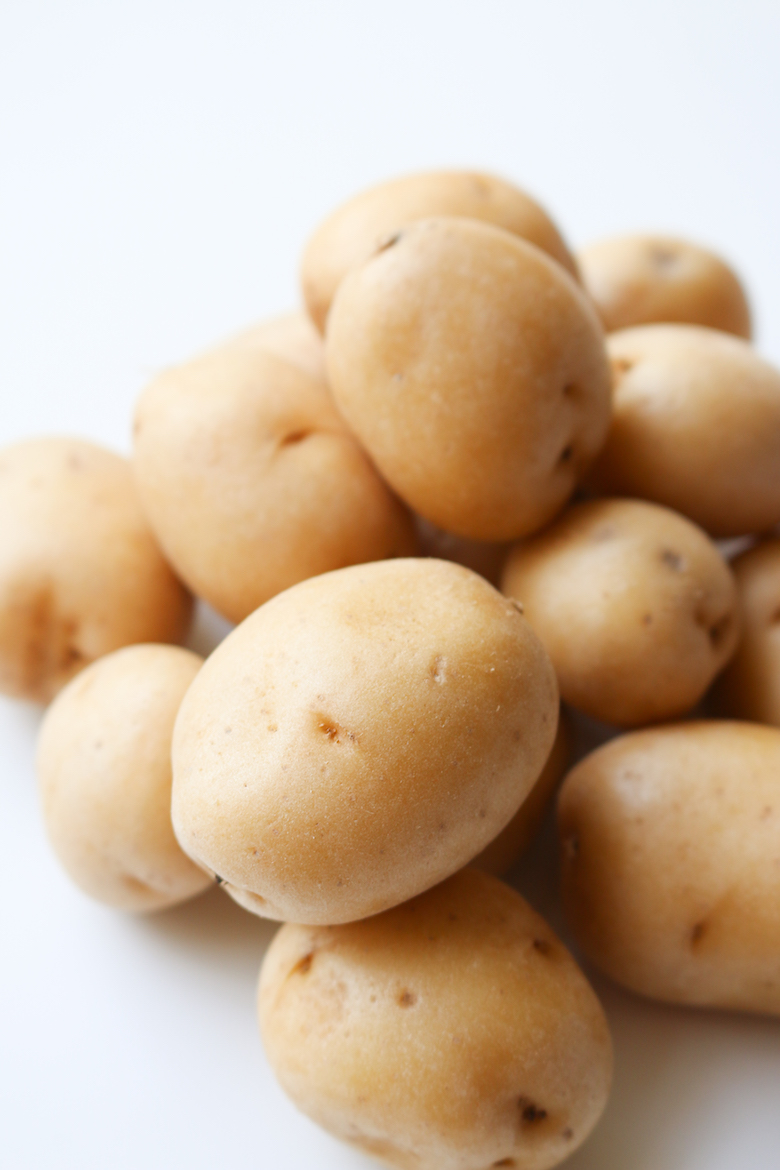
-
HEALTH BENEFITS
Potatoes do have carbohydrates, which is what many people first think of but it also is high in potassium and dietary fiber with a decent amount of protein, calcium, iron, and vitamin C — and zero cholesterol or fat. Potatoes are also one of the most abundant sources of B vitamins, especially vitamin B6 or pyridoxine, thiamin, niacin, pantothenic acid, and folate. It is also a great source of minerals like manganese, phosphorus, copper, potassium, magnesium, and iron. In balanced amounts, they can offer some protection against cancer and cardiovascular disease. Potato skins are a good source of soluble and insoluble fiber, and this may help prevent constipation and lower LDL cholesterol. Potato’s fiber content may also support digestion and absorption of simple sugars.
NUTRIENT BREAKDOWN OF POTATOES
*potatoes baked, 100g (source)
- Fiber | 5.4 g (22% DV)
- Protein | 6.9 g (14% DV)
- Carbohydrates | 58.6 g (20% DV)
- Vitamin A | 33 IU (1% DV)
- Vitamin C | 37.7 mg (63% DV)
- Manganese | 0.5 mg (26% DV)
- Folate | 80.7 mcg (20% DV)
- Magnesium | 83.7 mg (21% DV)
- Potassium | 1629 g (47 % DV)
- Calcium | 26.9 mg (3 % DV)
- Iron | 2.1 mg (12% DV)
-
HOW TO BUY
Choose potatoes that are firm and have a nicely formed shape because this will make the potatoes easier to peel and cut. Avoid potatoes with sprouts or green spots. Sprouts suggest that the potato has been stored in a warm place and thus may not have the best flavor. Green spots are a sign of chlorophyll which produces when potatoes are exposed to heat or light and could have a toxin that potatoes produce naturally to defend against pests. Look for potatoes that are locally grown. There is a huge difference in flavor between a local, recently dug-up potato and one that’s been in storage for months after traveling 2,500 miles. “New” potatoes are ones that have been recently harvested. The clear sign is the thinness of their skin. As potatoes are stored, their skin naturally thickens.
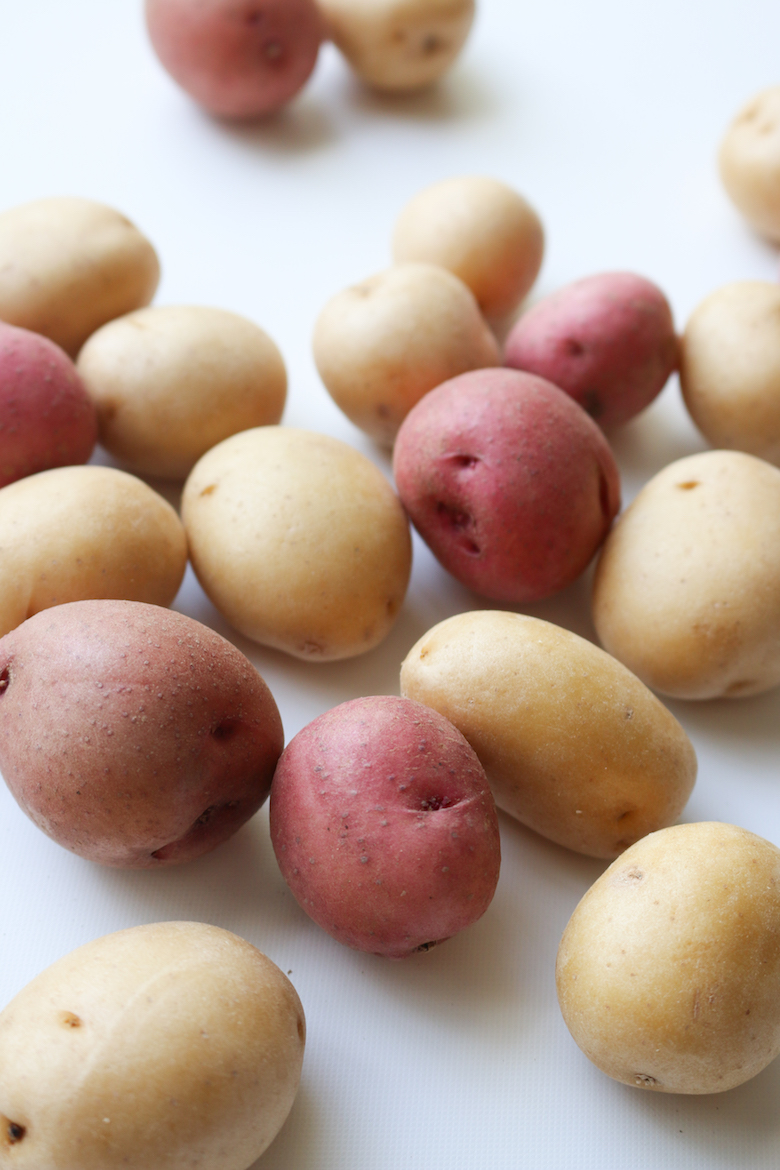
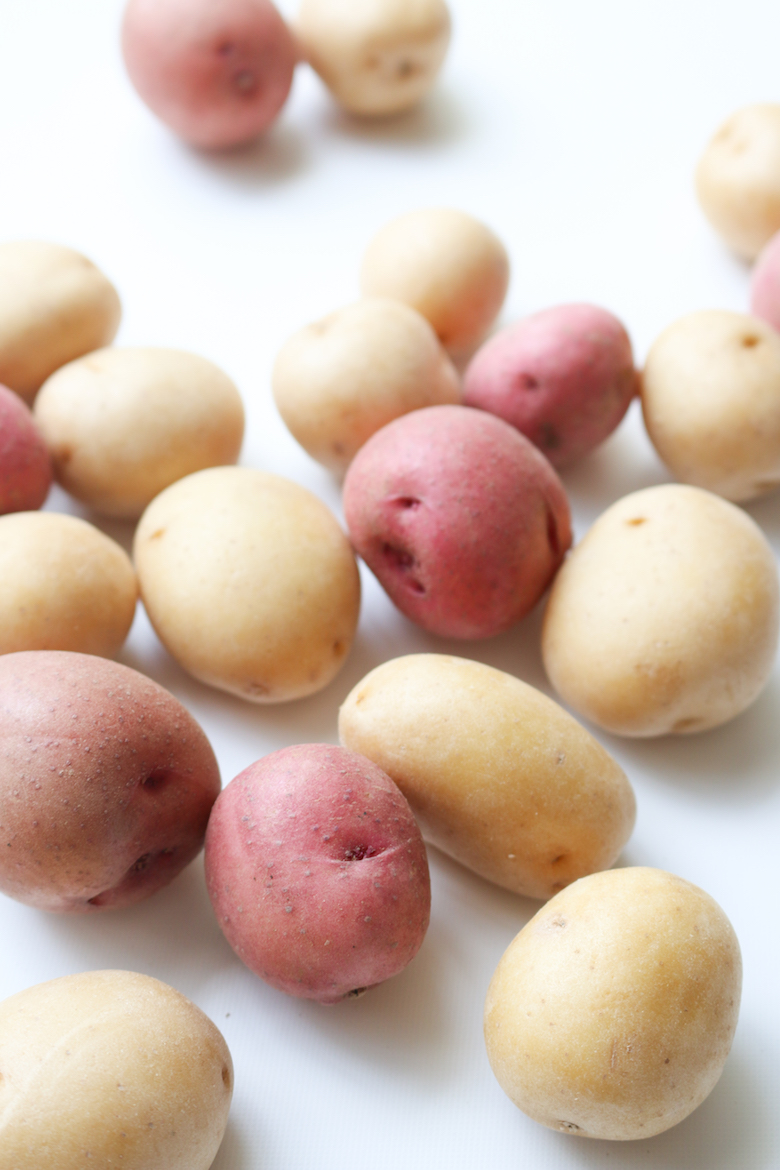
-
HOW TO STORE
If you buy potatoes in bags, open them right away and discard any potatoes that are rotting; one bad potato can spoil a bagful. Store in a cool, dry space away from sunlight. New potatoes are more perishable than mature potatoes, so use them within a few days of purchasing.
-
HOW TO PREPARE
When preparing potatoes, wash them right before you plan to prepare them. Scrub well with a vegetable brush under running water, and remove sprout buds or dark spots. When you peel or cut a potato, its flesh oxidizes and quickly discolors, turning a little brown and finally an unappetizing gray. You can avoid this by having a bowl of cool water ready and slipping the peeled/cut potatoes into the water until you’re ready to cook them (they can sit for hours like this at room temperature). If you’re making something that needs shredded potatoes, like hash browns, putting all the little potato pieces in water won’t work. So instead just try to avoid shredding them too far in advance and know that any discoloration will disappear once the potatoes are cooked.
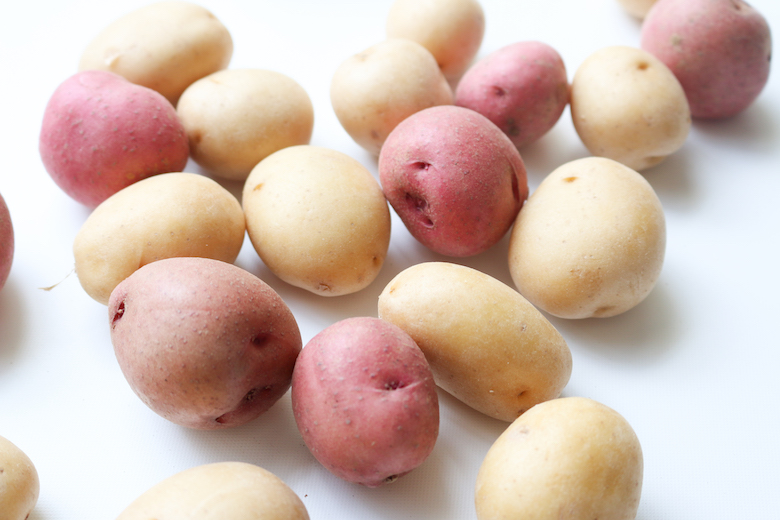
-
POTATO RECIPES
Want more ways to use potatoes in your recipes? Check out our favorites here!
WHAT’S YOUR FAV?
What ingredient do you guys want to learn more about? And if you have a favorite way to eat potatoes, tag @livesimplynatural or #livesimplynatural so the LSN community can get inspired by your dish too :)
Hugs,


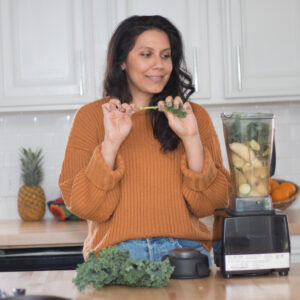

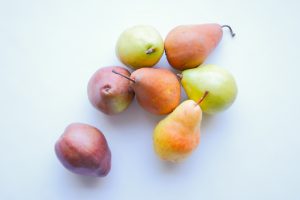
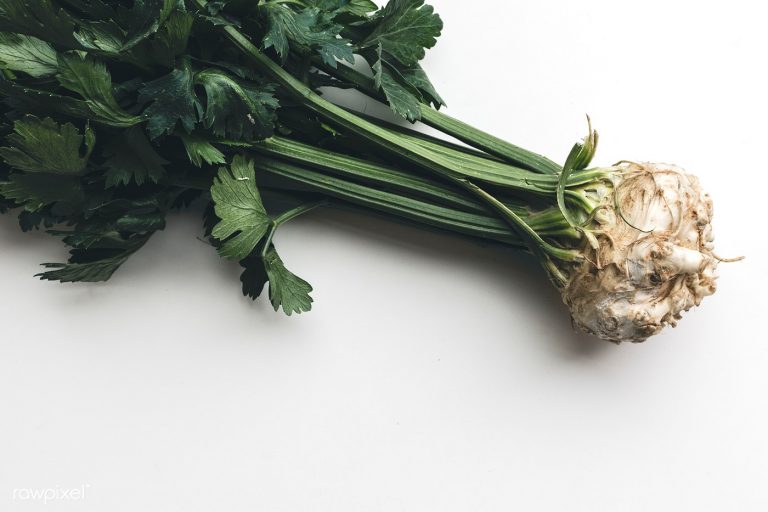
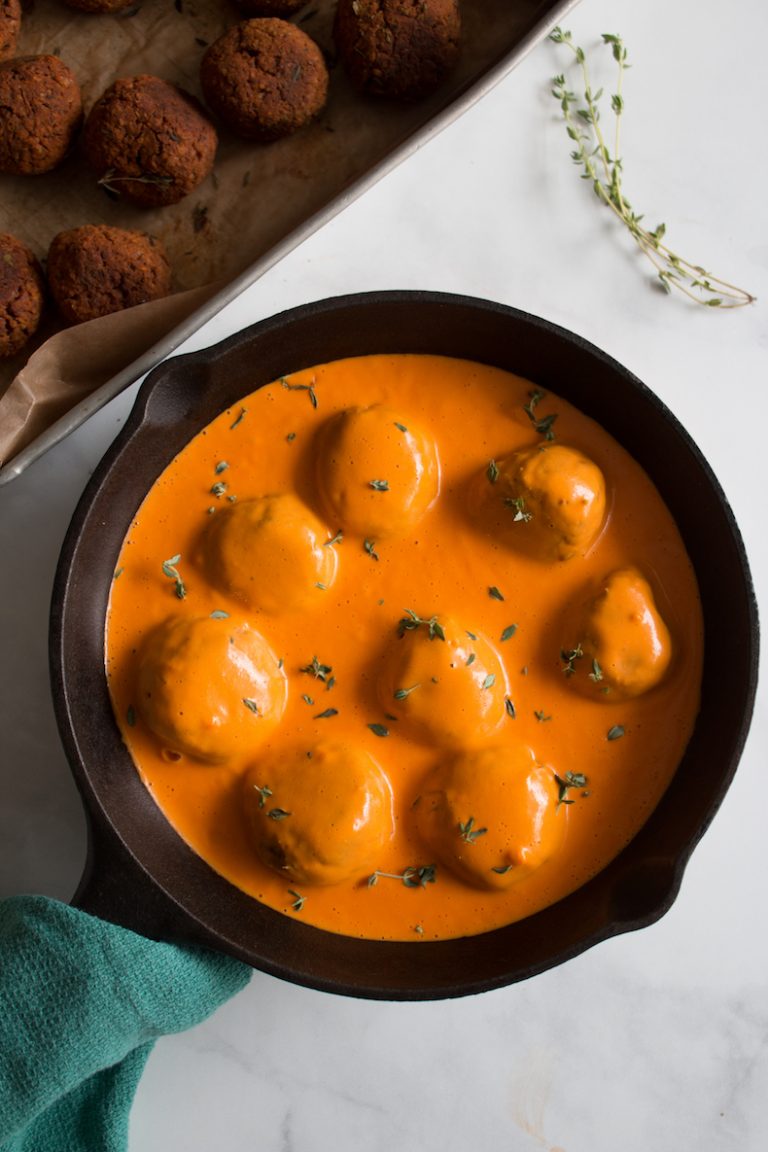
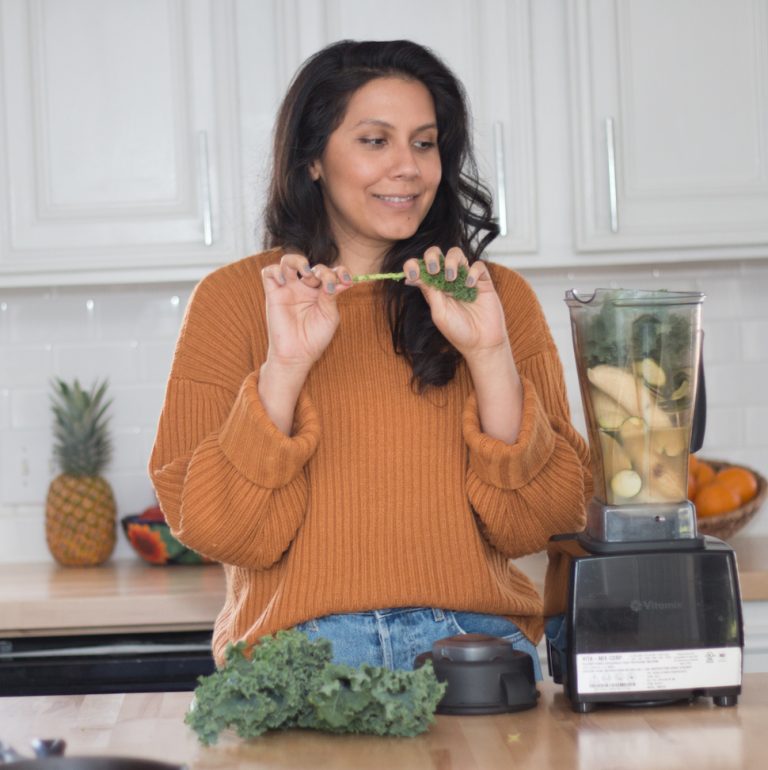
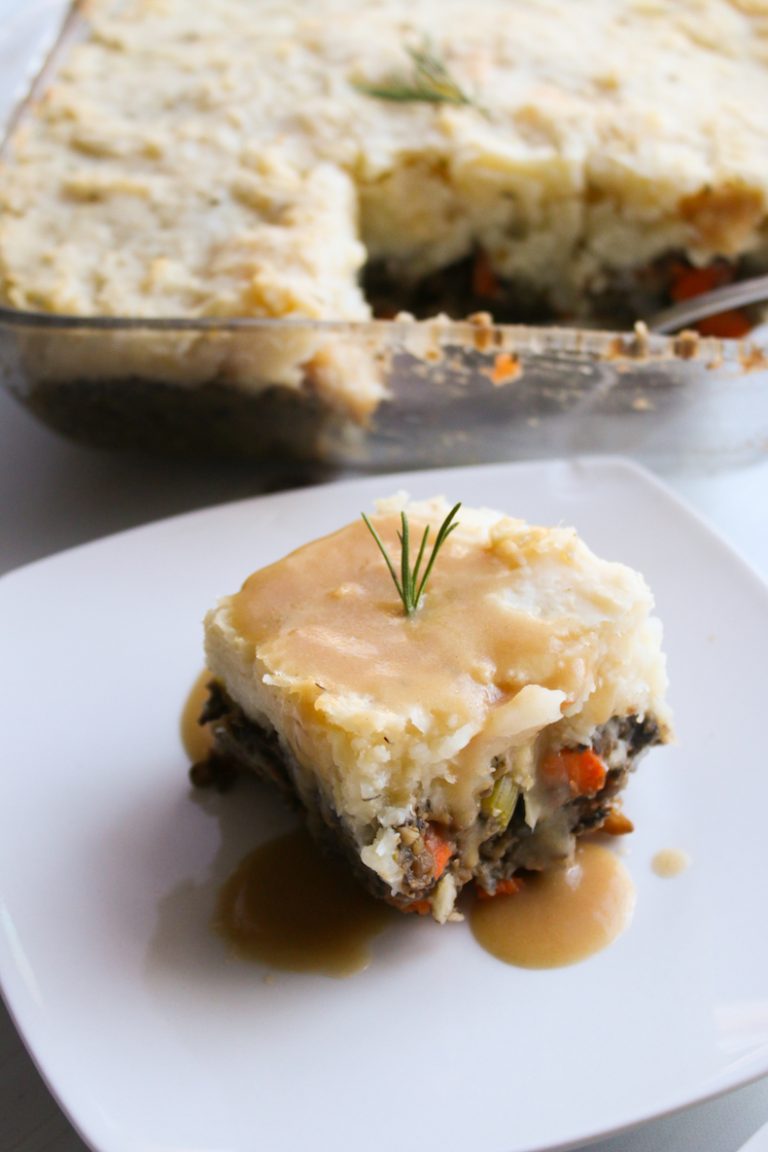
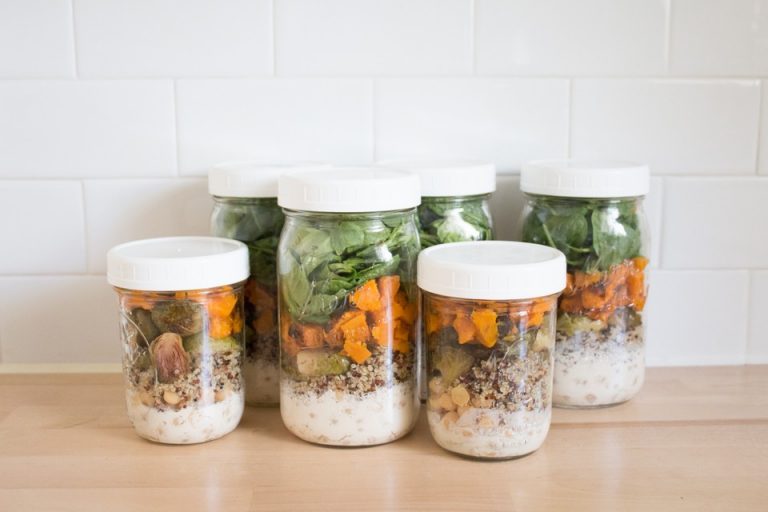


One Comment